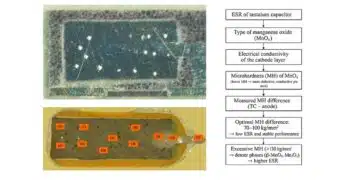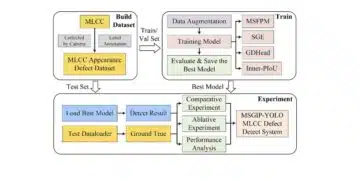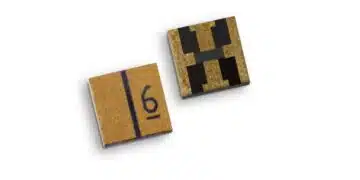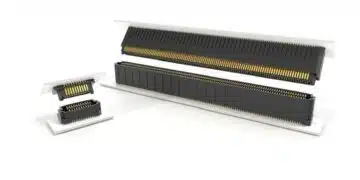source: TDK EPCOS news
TDK Corporation presents a new series of EPCOS z-axis transponder coils for passive entry, passive start (PEPS) car access systems. With their dimensions of just 7.7 mm x 7.4 mm x 2.65 mm the components are extremely compact and feature a very low insertion height. The B82451L*E402 series comprises seven transponder coils covering an inductance range from 1.0 mH to 10.0 mH. Depending on the type, the transponder coils feature a sensitivity of between 7 mV/µT and 23 mV/µT at 125 kHz. The Q factor of the new components is between 50 and 58.
The injection-molded plastic baseplate and laser-welded connections of the winding ensure that the Z transponder coils are extremely robust. The new components are also qualified according to AEC-Q200.
Moreover, the Z transponder coils can be combined very well with the EPCOS B82450A*A* and B82450A*E* transponder coil series for the x- and y-axes. With their footprints of just 11.4 mm x 3.5 mm and 8 mm x 2.7 mm, respectively, these components are also very compact. Solutions using three discrete transponder coils offer high flexibility of design and can save space on the PCB. A design combining the new Z transponder coil with two 8-mm X and Y transponder coils, for example, needs an area of just 100 mm². All EPCOS transponder coils are RoHS compatible.
Main applications
- Passive entry, passive start (PEPS) car access systems
Main features and benefits
- High sensitivity
- Qualified according to AEC-Q200
- RoHS compatible
Key data
| Series | Dimensions [mm] |
Inductance [mH] |
Sensitivity [mV/µT] |
Q factor |
|---|---|---|---|---|
| B82451L*E402 | 7.7 x 7.4 x 2.65 | 1.0 to 10 | 7 to 23 | 50 to 58 |

































